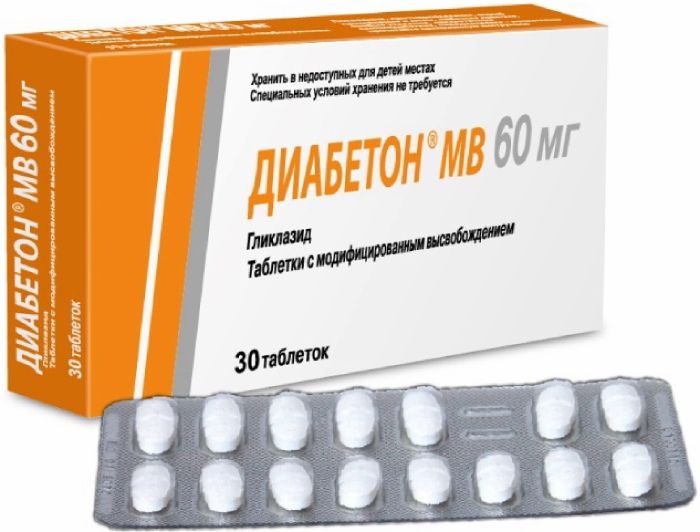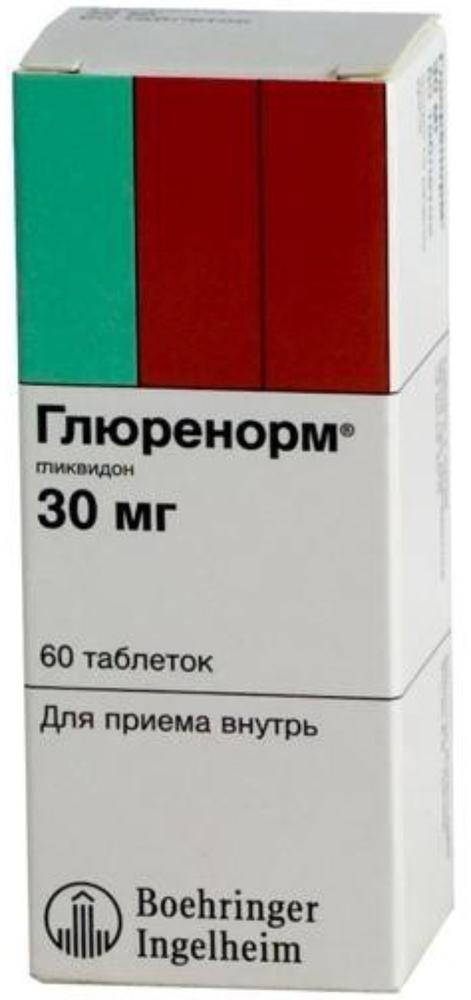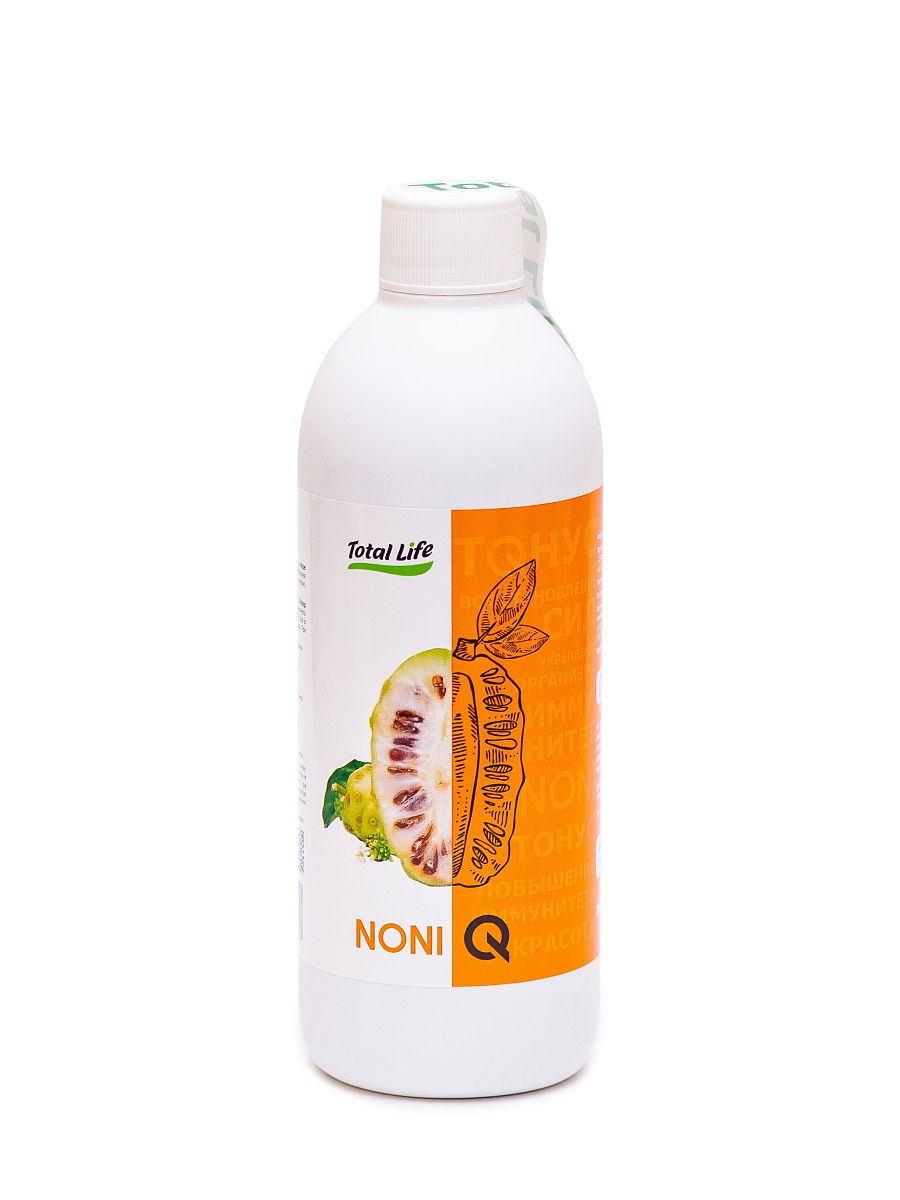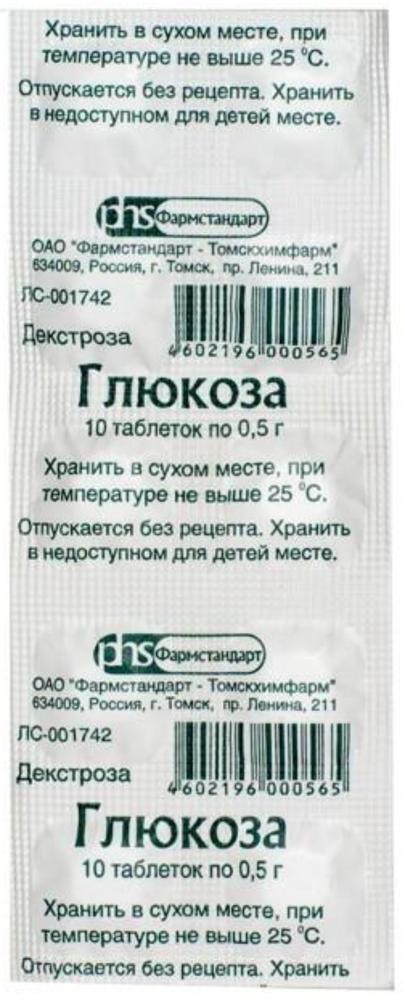- No products in the cart.
Diabeton mV Table with modif.vysv. 60 mg 30 pcs
$5.95
Diabeton mV Table with modif.vysv. 60 mg 30 pcs
Description
Composition
Active substance:
gliclazide – 60.0 mg.
Excipients:
lactose monohydrate 71.36 mg Maltodextrin 22.0 mg Hypromellose 100 cP 160.0 mg Magnesium stearate 1.6 mg Colloidal anhydrous silica 5.04 mg.
Description:
White, biconvex, oval tablet scored and engraved «DIA» «60″ on both sides.
Product form:
The modified-release tablets 60 mg.
30 tablets in a blister (PVC / Al). 1 blister with instruction for use in a pack carton with the first opening control (if necessary).
Contraindications
– Hypersensitivity to gliclazide, other derivatives of sulfonylureas, sulfonamides or excipients included in the composition of the preparation,
– type 1 diabetes mellitus;
– diabetic ketoacidosis, diabetic precoma, diabetic coma;
– severe renal or hepatic impairment (in these cases the recommended insulin);
– receiving miconazole (see “Interaction with other drugs.”);
– Pregnancy and lactation (see section “Pregnancy and lactation”.);
– up to age 18 years.
Due to the fact that the drug enters lactose, CF Diabeton not recommended for patients with congenital lactose intolerance, galactosemia, glucose-galactose malabsorption.
Not recommended for use in combination with phenylbutazone or danazol (cm. ‘Interaction with other drugs “section).
Carefully
Old age, irregular and / or unbalanced diet, lack of glucose-6-phosphate dehydrogenase, severe diseases of the cardiovascular system, hypothyroidism, adrenal or pituitary insufficiency, renal and / or hepatic insufficiency, chronic treatment with glucocorticosteroids (GCS), alcoholism.
Dosage
60 mg
Indications
– Type 2 diabetes is the lack of effectiveness of diet therapy, exercise and weight loss.
– prevention of complications of diabetes: reduced risk of microvascular (nephropathy, retinopathy) and macrovascular disease (myocardial infarction, stroke) in patients with type 2 diabetes by intensive glycemic control.
Interaction with other drugs
1) Preparations and substances promoting increased risk of hypoglycaemia (gliclazide reinforcing action)
Contra combination – Miconazole (when administered systemically and by using a gel to the oral mucosa) enhances hypoglycemic effect gliclazide (possibly hypoglycaemia until coma state).
Deprecated combinations – Phenylbutazone (systemic administration) enhances the effect of hypoglycemic sulfonylureas (displaces them from binding with plasma proteins and / or slows their excretion from the body).
It is preferable to use a different anti-inflammatory drug. If the reception phenylbutazone is required, the patient should be warned of the need of glycemic control. If necessary, the dose of the drug should Diabeton CF corrected during reception phenylbutazone and after its closure.
– Ethanol: enhances hypoglycemia by inhibiting compensatory reactions may contribute to the development of hypoglycemic coma. It is necessary to abandon the medication, which include ethanol and alcohol.
Combinations requiring precautions
Receiving gliclazide in combination with some drugs: other hypoglycemic agents (insulin, acarbose, metformin, thiazolidinediones, dipeptidyl peptidase-4 inhibitors, GLP-1 agonists); beta-blockers, fluconazole; inhibitors of angiotensin converting enzyme – captopril, enalapril; blockers, H2-histamine receptors; monoamine oxidase inhibitors; sulfonamides; clarithromycin and nonsteroidal anti-inflammatory drugs), accompanied by increased hypoglycemic effect and the risk of hypoglycemia.
2) Formulations that promote an increase in blood glucose (attenuating action gliclazide)
Deprecated combinations – Danazol: has a diabetogenic effect. If reception of the drug is required, the patient is advised careful control of blood glucose. If necessary, the joint reception drugs recommended dose selection hypoglycemic agent both during reception of danazol and after its cancellation.
Combinations requiring precautions – Chlorpromazine (neuroleptic) in high doses (100 mg daily) increases the concentration of glucose in the blood, reducing insulin secretion.
It recommended a thorough glycemic control. If necessary, the joint reception drugs recommended dose selection hypoglycemic agent, as a neuroleptic during reception, and after the cancellation.
– corticosteroids (systemic and local use: intra-articular, transdermal, rectal) and tetrakozaktid: increased blood glucose concentration with the possible development of ketoacidosis (reduced tolerance to carbohydrates). It recommended a thorough glycemic control, especially at the beginning of treatment. If necessary, co-Hour preparations may require correction dose hypoglycemic agent both during reception corticosteroids and after their withdrawal.
– ritodrine, salbutamol, terbutaline (intravenous): Beta-2 agonists contribute to the concentration of blood glucose.
It is necessary to pay special attention to the importance of self-blood glucose control. If necessary, it is recommended to transfer the patient to insulin.
3) Combinations to be taken into account – Anticoagulants (eg, warfarin)
Sulfonylureas may increase the effects of anticoagulants in a joint reception. You may need a dosage adjustment of the anticoagulant.
Overdose
With an overdose of sulfonylurea may develop hypoglycemia.
If you experience mild symptoms of hypoglycemia without impairment of consciousness or neurological symptoms should increase the intake of carbohydrates from food, reduce the dose and / or diet change. Close medical surveillance of the patient should continue as long as there is no certainty that his health is not threatened.
The possibility of severe hypoglycemic states, accompanied by coma, convulsions or other neurological disorders. When you see these symptoms is necessary to provide emergency medical assistance and immediate hospitalization.
In the case of hypoglycemic coma or suspected her patient intravenously administered with 50 ml 20-30% dextrose (glucose). Then intravenously administered 10% dextrose solution to maintain blood glucose concentration of greater than 1 g / l. Careful control of blood glucose levels and patient monitoring should be carried out for at least 48 hours later. After a given period of time, depending on the state of the patient’s attending physician decides on the need for further observation.
Dialysis is ineffective due to express gliclazide binding to plasma proteins.
pharmachologic effect
Pharmacological group:
hypoglycemic agent for oral administration group II generation sulfonylureas.
Pharmacodynamics:
Gliclazide is a derivative of sulfonylurea hypoglycemic drug for oral administration which is characterized by the presence of similar medications containing N-heterocyclic rings endocyclic bond. Gliclazide reduces the concentration of blood glucose by stimulating insulin secretion
Beta-cells of islets of Langerhans. Increasing concentrations postprandialnogoinsulina and C-peptide is retained after 2 years of therapy.
Besides effects on carbohydrate metabolism has gliclazide hemovascular effects.
Effect on secretion of insulin
In type 2 diabetes drug restores early peak of insulin secretion in response to glucose intake and increases the second phase insulin secretion. A significant increase is observed in insulin secretion in response to stimulation due to ingestion or administration of glucose.
hemovascular effects
Gliclazide reduces the risk of thrombosis small vessels, affecting the mechanisms that may cause complications in diabetes: partial inhibition of platelet aggregation and adhesion and a decrease in the concentration of platelet activating factor (beta-thromboglobulin, thromboxane B2) and for the restoration of fibrinolytic vascular endothelial activity and increase in the activity of tissue plasminogen activator.
Intensive glycemic control is based on the use Diabetona® CF (HbA1c
Intensive glycemic control strategy included the use of the drug Diabeton CF and increasing the dose with (or instead of) conventional therapy before adding to it another hypoglycemic drug (e.g., metformin, alpha-glucosidase inhibitor, a thiazolidinedione derivative or insulin). The average daily dose Diabeton CF patients in intensive-control group was 103 mg, the maximum daily dose was 120 mg.
Against application compared to a standard control group (mean HbA1c 7,3%) shows a significant decrease of 10% relative drug Diabeton CF in the intensive glycemic control (mean follow-up of 4.8 years, average HbA1c 6,5%) the risk of the combined frequency of macrovascular and microvascular complications
The advantage was achieved through a significant reduction in the relative risk: major microvascular complications by 14%, the onset and progression of nephropathy by 21%, the occurrence of microalbuminuria by 9% macroalbuminuria by 30% and the development of kidney complications by 11%.
Benefits of intensive glycemic control on background MW reception Diabeton drug does not depend on the benefits achieved against a background of antihypertensive therapy.
Pharmacokinetics:
Suction
After ingestion gliclazide completely absorbed. Gliclazide concentration in blood plasma increases progressively during the first 6 hours plateau level is maintained from 6 to 12 hours. Individual variability is low.
Food intake does not affect the rate or extent of absorption of gliclazide.
Distribution
The plasma protein binds about 95% of gliclazide. The volume of distribution – about 30 liters. The drug Diabeton MVA at a dose of 60 mg once a day maintains the effective concentration of gliclazide in plasma over 24 hours.
Metabolism
Gliclazide is metabolized primarily in the liver. Active metabolites in plasma are absent.
breeding
Gliclazide derived mainly kidneys: elimination of metabolites is done in the form of less than 1% excreted by the kidneys unchanged. Gliclazide half-life averages 12 to 20 hours.
Linearity
The relationship between the received dose (120 mg) and the area under the curve “concentration – time” is linear.
special populations
Aged people
In the elderly there are no significant changes in pharmacokinetic parameters.
Pregnancy and breast-feeding
Pregnancy
Experience in the use of gliclazide during pregnancy is not available. Data on the use of other sulfonylurea derivatives during pregnancy are limited.
In laboratory animal studies, teratogenic effects of gliclazide were identified.
To reduce the risk of birth defects requires optimal control (appropriate therapy) diabetes.
Oral hypoglycemic drugs during pregnancy does not apply.
Insulin is the drug of choice for treatment of diabetes in pregnant women.
It is recommended to replace the use of oral hypoglycemic agents to insulin therapy in the case of a planned pregnancy, and in that case, if the pregnancy while taking the drug.
Lactation
Given the lack of data on the flow of gliclazide into breast milk and the risk of neonatal hypoglycemia, during therapy with breast-feeding is contraindicated
Conditions of supply of pharmacies
On prescription.
side effects
Given the experience with gliclazide, to be aware of the possibility of the following side effects.
hypoglycemia
Like other sulfonylureas preparations Diabeton CF drug may cause hypoglycemia in the case of irregular eating and especially when reception food skipped. Possible symptoms of hypoglycemia include headache, severe hunger, nausea, vomiting, fatigue, sleep disturbance, irritability, agitation, decreased concentration, slowed reactions, depression, confusion, impaired vision and speech, aphasia, tremor, paresis, loss of self-control , helplessness, impaired perception, dizziness, weakness, convulsions, bradycardia, lightheadedness, shortness of breath, drowsiness, loss of consciousness with the possible development of coma, or death.
Also, the reaction may occur adrenergic: sweating, “sticky” skin, anxiety, tachycardia, increased blood pressure, palpitations, angina and arrhythmia.
Typically, the symptoms of hypoglycemia cropped intake of carbohydrates (sugar).
Admission sweeteners ineffective. Compared to other sulfonylureas recurrent hypoglycemia occurred after its successful relief.
In severe or prolonged hypoglycemia is a medical emergency, possibly hospitalization, even with the effect of carbohydrate intake.
Other side effects – On the part of the gastrointestinal tract: abdominal pain, nausea, vomiting, diarrhea, and constipation. Taking the drug during lunch to avoid these symptoms or to minimize them.
Less common side effects are the following:
– Skin and subcutaneous tissue: rash, pruritus, urticaria, angioneurotic edema, erythema, makulo-papular rash, bullous reactions (such as Stevens-Johnson syndrome and toxic epidermal necrolysis).
– From the hematopoietic organs and lymphatic system: haematological disorders (anemia, leucopenia, thrombocytopenia, granulocytopenia) are rare. As a rule, these effects are reversible when discontinuing therapy.
– On the part of the liver and biliary tract: increased activity of “liver” enzymes (aspartate aminotransferase (AST), alanine aminotransferase (ALT), alkaline phosphatase), hepatitis (isolated cases). When the cholestatic jaundice need to discontinue therapy.
These effects are usually reversible upon termination of therapy.
– On the part of the organ of vision: there may be transient visual disturbances caused by changes in blood glucose concentration, especially at the beginning of therapy.
– Side effects inherent sulfonylurea derivative: as in patients receiving other sulfonylureas observed following side effects: erythropenia, agranulocytosis, hemolytic anemia, pancytopenia, allergic vasculitis, hyponatremia. Observed increased activity “liver” enzymes, abnormal liver function (e.g., with the development of jaundice and cholestasis) and hepatitis; manifestations decreased with time after the abolition of sulfonylureas, but in some cases lead to life-threatening liver failure.
Side effects noted during clinical trials
The ADVANCE study observed little difference frequencies of the various serious adverse events between the two groups of patients. Of new safety data have been received. A small number of patients had severe hypoglycemia, however, the overall incidence of hypoglycemia was low. The frequency of hypoglycemia in the intensive glycemic control was higher than in the group of standard glycemic control. Most episodes of hypoglycemia in the intensive glycemic control observed with concurrent insulin therapy.
special instructions
hypoglycemia
When receiving sulphonylureas, including gliclazide, can develop hypoglycemia, in some cases – in the form of a severe and prolonged, requiring hospitalization and intravenous administration of dextrose solution in a few days (see “Side effects” section.).
The drug can be assigned only to those patients who have food regularly and includes breakfast. It is important to maintain an adequate intake of carbohydrates c food, since the risk of hypoglycemia is increased with an irregular or insufficient food, as well as food consumption, low-carbohydrate.
Hypoglycemia occurs more frequently with a low calorie diet, following prolonged or vigorous exercise after drinking alcohol or taking several hypoglycemic drugs simultaneously.
Typically, hypoglycemia symptoms disappear after a meal rich in carbohydrates (e.g., sugar). It should be borne in mind that the reception of sweeteners is not conducive to the elimination of hypoglycemic symptoms. Experience with other sulfonylureas indicates that hypoglycemia can recur despite the initial effective relief of this condition. In the case where hypoglycaemic symptoms have a pronounced character or are prolonged, even in case of temporary improvement after a meal rich in carbohydrate, it is necessary emergency medical assistance, up to hospitalization.
To avoid hypoglycemia requires careful selection of individual drugs and dosing regimens, as well as giving the patient full information about the treatment.
Increased risk of hypoglycaemia can be observed in the following cases:
– the refusal or inability of the patient (especially the elderly) to follow the doctor’s appointment and control their condition;
– недостаточное и нерегулярное питание, пропуск приемов пищи, голодание и изменение рациона;
– дисбаланс между физической нагрузкой и количеством принимаемых углеводов;
– renal failure;
– тяжелая печеночная недостаточность;
– передозировка препарата Диабетон МВ;
– некоторые эндокринные расстройства: заболевания щитовидной железы, гипофизарная и надпочечниковая недостаточность;
– одновременный прием некоторых лекарственных средств (см. раздел «Взаимодействие с другими лекарственными средствами»).
Почечная и печеночная недостаточность
У пациентов с печеночной и/или тяжелой почечной недостаточностью могут изменяться фармакокинетические и/или фармакодинамические свойства гликлазида.
Состояние гипогликемии, развивающееся у таких пациентов, может быть достаточно длительным, в таких случаях необходимо немедленное проведение соответствующей терапии.
Информация для пациентов
Необходимо проинформировать пациента, а также членов его семьи о риске развития гипогликемии, ее симптомах и условиях, способствующих ее развитию. Пациента необходимо информировать о потенциальном риске и преимуществах предлагаемого лечения.
Пациенту необходимо разъяснить важность соблюдения диеты, необходимость регулярных физических упражнений и контроля концентрации глюкозы крови.
Недостаточный гликемический контроль
Гликемический контроль у пациентов, получающих терапию гипогликемическими средствами, может быть ослаблен в следующих случаях: лихорадка, травмы, инфекционные заболевания или большие хирургические вмешательства. При данных состояниях может возникнуть необходимость прекратить терапию препаратом Диабетон МВ и назначить инсулинотерапию.
У многих пациентов эффективность пероральных гипогликемических средств, в том числе гликлазида, имеет тенденцию снижаться после продолжительного периода лечения. Этот эффект может быть обусловлен как прогрессированием заболевания, так и снижением терапевтического ответа на препарат. Данный феномен известен как вторичная лекарственная резистентность, которую необходимо отличать от первичной, при которой лекарственный препарат уже при первом назначении не дает ожидаемого клинического эффекта. Прежде чем диагностировать у больного вторичную лекарственную резистентность, необходимо оценить адекватность подбора дозы и соблюдение пациентом предписанной диеты.
laboratory tests
Для оценки гликемического контроля рекомендуется регулярное определение концентрации глюкозы крови натощак и гликозилированного гемоглобина HbA1c.
Кроме того, целесообразно регулярно проводить самоконтроль концентрации глюкозы крови.
Производные сульфонилмочевины могут вызвать гемолитическую анемию у пациентов с дефицитом глюкозо-6-фосфатдегидрогеназы. Поскольку гликлазид является производным сульфонилмочевины, необходимо соблюдать осторожность при его назначении пациентам с дефицитом глюкозо-6-фосфатдегидрогеназы.
Следует оценить возможность назначения гипогликемического препарата другой группы.
ВЛИЯНИЕ НА СПОСОБНОСТЬ УПРАВЛЯТЬ ТРАНСПОРТНЫМИ СРЕДСТВАМИ И МЕХАНИЗМАМИ
В связи с возможным развитием гипогликемии при применении препарата Диабетон® МВ, пациенты должны быть осведомлены о симптомах гипогликемии и должны соблюдать осторожность во время управления транспортными средствами или выполнения работы, требующей высокой скорости физических и психических реакций, особенно в начале терапии.
Storage conditions
Store at a temperature not higher than 25 ° C.
Keep out of the reach of children.
Dosing and Administration
ПРЕПАРАТ ПРЕДНАЗНАЧЕН ТОЛЬКО ДЛЯ ЛЕЧЕНИЯ ВЗРОСЛЫХ.
Рекомендуемую дозу препарата следует принимать внутрь, 1 раз в сутки, предпочтительно во время завтрака.
Суточная доза может составлять 30-120 мг (1/2 – 2 таблетки) в один приём.
Рекомендуется проглотить таблетку или половину таблетки целиком, не разжевывая и не измельчая.
When you pass one or more administrations of the drug should not take a higher dose to the next appointment, the missed dose should be taken the next day.
Как и в отношении других гипогликемических лекарственных средств, дозу препарата в каждом случае необходимо подбирать индивидуально, в зависимости от концентрации глюкозы крови и HbA1с.
Начальная доза
Начальная рекомендуемая доза (в том числе для пациентов пожилого возраста, > 65 лет) – 30 мг в сутки (1/2 таблетки).
В случае адекватного контроля препарат в этой дозе может использоваться для поддерживающей терапии. При неадекватном гликемическом контроле суточная доза препарата может быть последовательно увеличена до 60, 90 или 120 мг.
Повышение дозы возможно не ранее, чем через 1 месяц терапии препаратом в ранее назначенной дозе. Исключение составляют пациенты, у которых концентрация глюкозы крови не снизилась после 2 недель терапии. В таких случаях доза препарата может быть увеличена через 2 недели после начала приема.
Максимальная рекомендуемая суточная доза препарата составляет 120 мг.
1 таблетка препарата Диабетон МВ таблетки с модифицированным высвобождением 60 мг эквивалентна 2 таблеткам Диабетон МВ таблетки с модифицированным высвобождением 30 мг. Наличие насечки на таблетках 60 мг позволяет делить таблетку и принимать суточную дозу как 30 мг (1/2 таблетки 60 мг), так и при необходимости 90 мг (1 и 1/2 таблетки 60 мг).
Переход с приема препарата Диабетон таблетки 80 мг на препарат Диабетон МВ таблетки с модифицированным высвобождением 60 мг 1 таблетка препарата Диабетон 80 мг может быть заменена 1/2 таблетки с модифицированным высвобождением Диабетон МВ 60 мг. При переводе пациентов с препарата Диабетон 80 мг на препарат Диабетон МВ рекомендуется тщательный гликемический контроль.
Переход с приёма другого гипогликемического лекарственного средства на препарат Диабетон МВ таблетки с модифицированным высвобождением 60 мг
Препарат Диабетон МВ таблетки с модифицированным высвобождением 60 мг может применяться вместо другого гипогликемического лекарственного средства для приёма внутрь. При переводе на Диабетон МВ пациентов, получающих другие гипогликемические препараты для приёма внутрь, следует учитывать их дозу и период полувыведения. Как правило, переходного периода при этом не требуется.
Начальная доза должна составлять 30 мг и затем должна титроваться в зависимости от концентрации глюкозы крови.
При замене препаратом Диабетон МВ производных сульфонилмочевины с длительным периодом полувыведения для избежания гипогликемии, вызванной аддитивным эффектом двух гипогликемических средств, можно прекратить их прием на несколько дней. Начальная доза препарата Диабетон МВ при этом также составляет 30 мг (1/2 таблетки 60 мг) и при необходимости может быть повышена в дальнейшем, как описано выше.
Комбинированный приём с другим гипогликемическим лекарственным средством Диабетон МВ может применяться в сочетании с бигуанидинами, ингибиторами альфа-глюкозидазы или инсулином.
При неадекватном гликемическом контроле следует назначить дополнительно инсулинотерапию с проведением тщательного медицинского контроля.
Elderly patients
Коррекции дозы препарата для пациентов старше 65 лет не требуется.
Patients with renal insufficiency
Результаты клинических исследований показали, что коррекции дозы препарата у пациентов с почечной недостаточностью легкой и умеренной степени выраженности не требуется. Рекомендуется проведение тщательного медицинского контроля.
Пациенты с риском развития гипогликемии
У пациентов, относящихся к группе риска развития гипогликемии (недостаточное или несбалансированное питание; тяжелые или плохо компенсированные эндокринные расстройства – гипофизарная и надпочечниковая недостаточность, гипотиреоз; отмена глюкокортикостероидов (ГКС) после их длительного приема и/или приема в высоких дозах; тяжелые заболевания сердечно-сосудистой системы – тяжелая ишемическая болезнь сердца, тяжелый атеросклероз сонных артерий, распространенный атеросклероз), рекомендуется использовать минимальную дозу (30 мг) препарата Диабетон МВ.
Профилактика осложнений сахарного диабета
Для достижения интенсивного гликемического контроля можно постепенно увеличивать дозу препарата Диабетон МВ до 120 мг/сутки в дополнение к диете и физическим упражнениям до достижения целевого уровня HbA1c. Следует помнить о риске развития гипогликемии. Кроме того, к терапии можно добавить другие гипогликемические лекарственные средства, например, метформин, ингибитор альфаглюкозидазы, производное тиазолидиндиона или инсулин.
Дети и подростки в возрасте до 18 лет.
Данные об эффективности и безопасности применения препарата у детей и подростков в возрасте до 18 лет отсутствуют.
Information
Appearance may differ from that depicted in the picture. There are contraindications. You need to read the manual or consult with a specialist
Additional information
| Weight | 0.100 kg |
|---|---|
| Manufacturer | SERVIER |













There are no reviews yet.